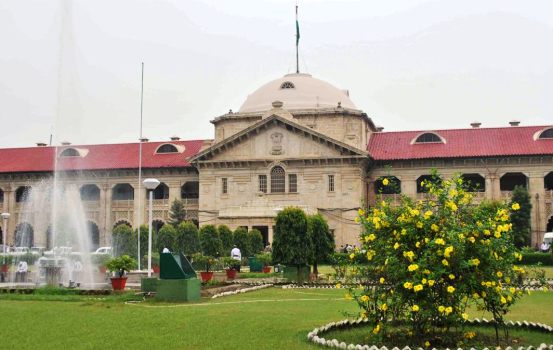Kashish Jain
Unsurprisingly the Covid-19 pandemic has had a rather drastic effect on the functioning of the courts at all levels. The numbers of pendency of cases in all levels of the judiciary have increased significantly and have reached an all-time high ever since the beginning of the one year of virtual functioning.
The NJDG has stated that the backlog of cases in district courts saw a sharp increase of 18.2 percent in the one year of Virtual functioning. The NJDG (National Judicial Data Grid) is a government platform that monitors judicial data.
In the previous year the increase was that of 7.79 percent and before that pending cases increased by 11.6%. In the Supreme Court itself, the pendency increased by 10.35% during the lockdown as opposed to 5.29% of the previous year.
The sharp increase in backlog when the court functioned in the virtual mode is despite increased judicial hours. According to a press statement issued by the Supreme Court, the court functioned more than usual during the pandemic.
The statement said:
“Beyond the usual minimum required 190 days Court sittings in a Calendar Year, the Court was functional for 231 days, including 13 vacation sittings in the year 2020.
The Registry also remained functional for 271 days as against an average of 268 days in the previous three years,”
The SC has had nearly 32,000 hearings during the lockdown period.
Members of the Bar, however, have been pushing for resuming the physical functioning of the court. This is to deal with the backlog.
“The rise is significantly high but even that does not convey the complete picture. The filing also had gone down during the pandemic. If you take into account cases that would be usually filed, the backlog for last year would be even higher,” senior advocate and president of the Supreme Court Bar Association Vikas Singh said.
“There is already a huge vacancy of judges in the country and restricted functioning of courts has added to that. But the judges are not doing anything to remedy the situation,” he added.
The High Courts and the Supreme Courts allow for ad-hoc judges to be appointed under Articles 128 and 224A of the Indian Constitution. Despite this, there have been several vacancies in the regular appointments. According to data by the Department of Justice, high courts across the country are short of 38.8 percent judges. Against a sanctioned strength of 1080 judges, there are 661 judges presently in high courts.

